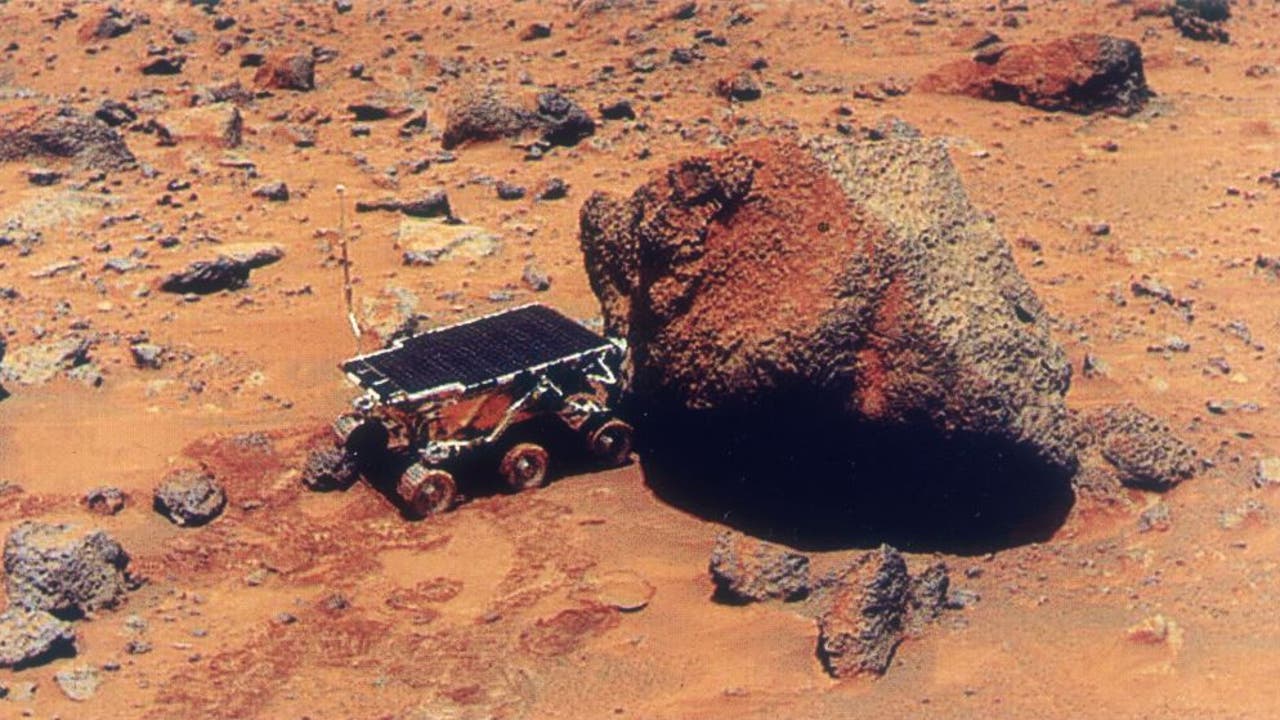Toxic Red Planet: The Silent Threat Lurking in Martian Dust That Could Derail Space Exploration

In a groundbreaking study, scientists at the University of Colorado Boulder have uncovered alarming potential health risks facing future Mars explorers. The research highlights the hidden dangers lurking within Martian dust, which could pose significant threats to astronauts' well-being during long-duration space missions.
The study reveals that inhaling fine Martian dust particles may trigger a cascade of serious medical complications, ranging from severe lung damage to potentially life-altering thyroid disorders. Unlike Earth's dust, the unique composition and microscopic structure of Martian particles could interact dramatically with human biological systems.
Researchers warn that the fine, abrasive nature of Martian dust could penetrate deep into lung tissues, causing inflammation and potentially long-term respiratory challenges. Moreover, the dust's complex mineral composition might disrupt critical endocrine functions, raising concerns about thyroid health for space travelers.
This pioneering research underscores the critical need for advanced protective equipment and comprehensive health monitoring strategies for future Mars missions. As humanity edges closer to interplanetary exploration, understanding these environmental health risks becomes paramount to ensuring astronaut safety and mission success.
